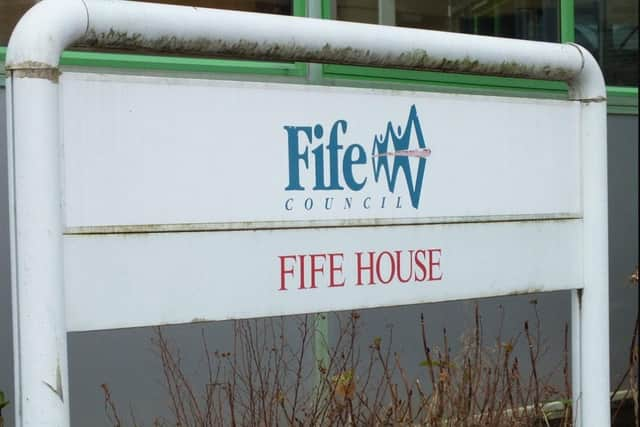New energy storage facility approved for Fife countryside
and live on Freeview channel 276
Fife Council's west and central planning committee unanimously approved the construction and operation of the system between Kirkcaldy and Thornton on Wednesday.
A committee report said the development will “assist in improving the stability and security of electricity provision to the National Grid as it moves to greater decarbonisation of Scotland’s electricity supply.”
Advertisement
Hide AdAdvertisement
Hide AdDeveloping Fife’s countryside is not the standard course of action. However, the current national planning framework puts a high priority on sustainable development proposals.


The report continued: “All forms of renewable, low-carbon and zero emissions technologies will be supported, and these include enabling works, such as grid transmission and distribution infrastructure. Significant weight will be placed on the contribution of the proposal to renewable energy generation targets and on greenhouse gas emissions reduction targets.”
Philip John, of Relay Balbeggie Ltd, is behind the application to develop the battery energy storage system and associated infrastructure. The site will host 30 battery container units positioned interspersed with 15 Power Conversion System (PCS) units. The site will have a maximum import capacity of up to 49 MW.
“The proposed batteries store electricity and would allow the local grid network to operate more efficiently; taking excess energy storing it and releasing it onto the network when the grid needs it at times of peak demand,” a report to committee explained.
Advertisement
Hide AdAdvertisement
Hide Ad“The proposed development will contribute to such grid balancing as we switch to renewables using advanced and highly efficient battery technology which offers low environmental impact, producing zero emissions.”
The proposed development is temporary, with decommissioning envisaged after a 40-year life span at which point land will be returned to its original full agricultural use.